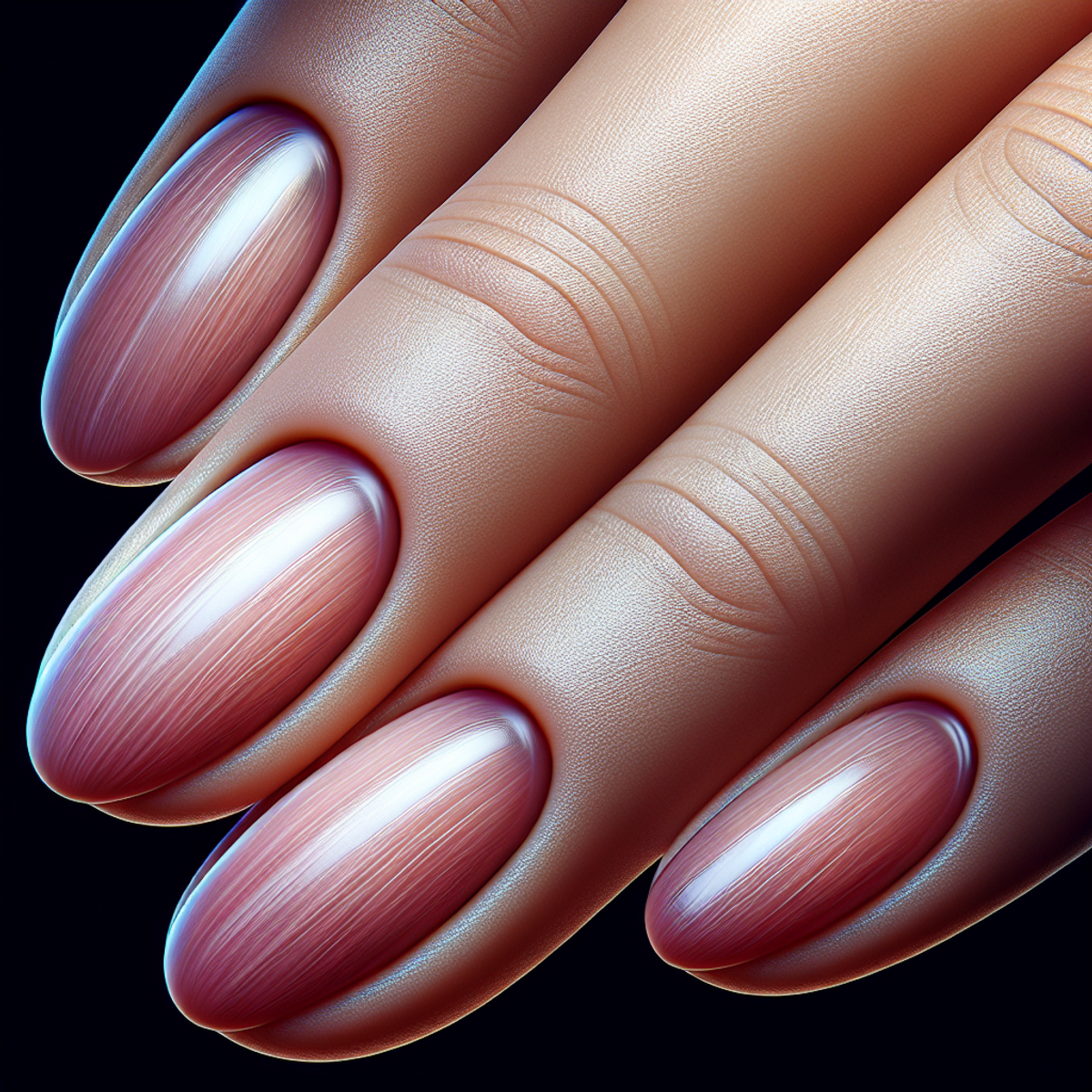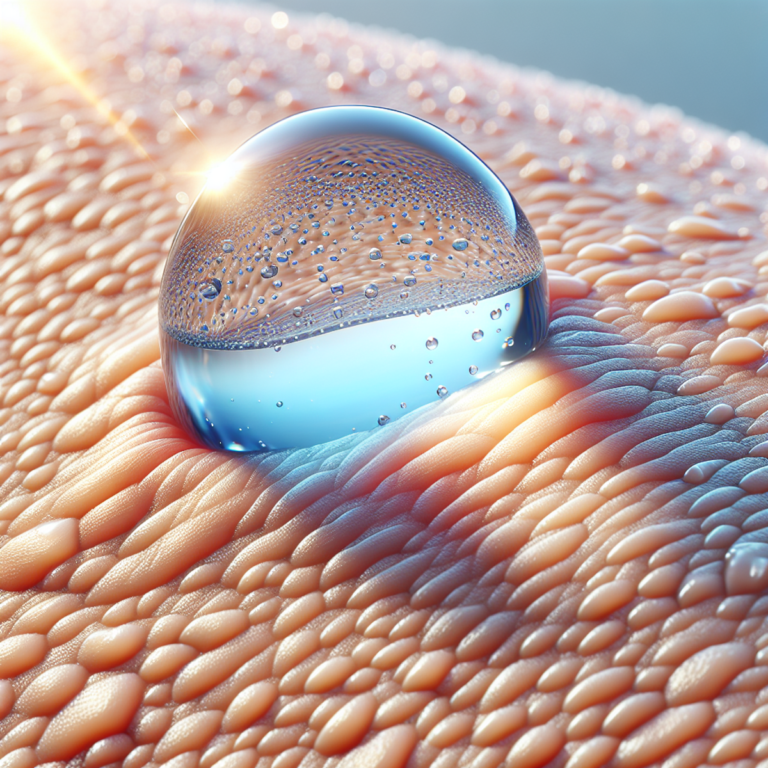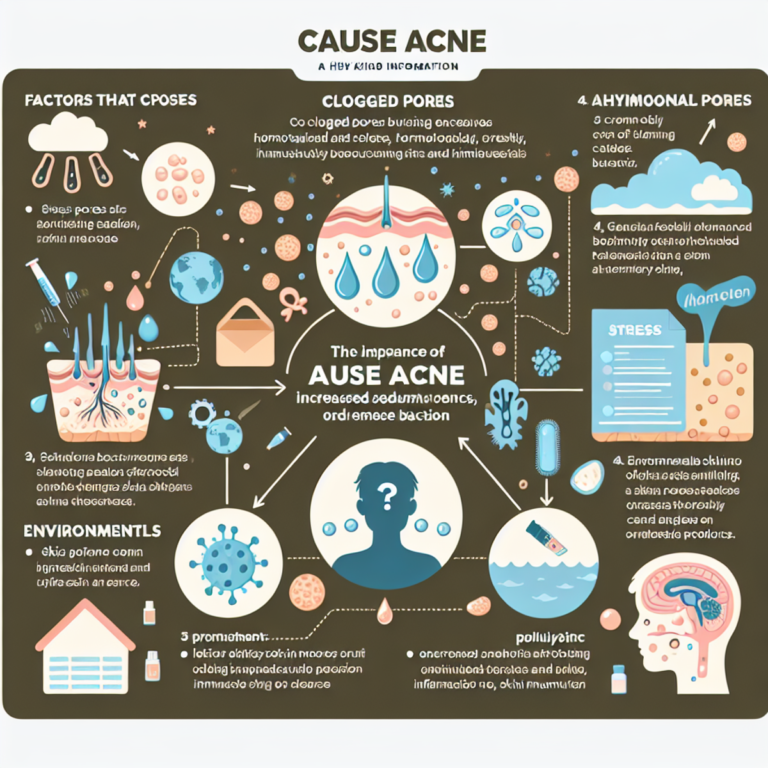Here’s How “Nail Cycling” Can Help Strengthen Your Nails

Introduction
Nail cycling is a practice that involves taking breaks from manicures, particularly from gels, acrylics, or shellac, to give your nails a much-needed “break.” This process helps strengthen and improve the health of your nails by allowing them to rehydrate, repair, and grow. In this article, we will explore the benefits of nail cycling and provide a recommended cycle to follow. Additionally, we will discuss how to properly care for your nails during the cycling process for optimal results.
When you regularly apply gels, acrylics, or shellac to your nails, it can have detrimental effects on their health. These products can cause dryness, thinning, and weakening of the nails over time. Prolonged use of these treatments can lead to brittle and damaged nails that are prone to breakage.
Nail cycling offers a solution to repair and strengthen your nails. By taking breaks from these manicure treatments, you allow your nails to recover and regenerate. During these breaks, your nails have the opportunity to rehydrate and restore their natural strength.
One of the key benefits of nail cycling is its role in stimulating healthy nail growth and repairing the damaged nail matrix. The nail matrix is responsible for producing new cells that form the nail plate. By giving your nails a break from artificial enhancements, you give the matrix a chance to heal and regenerate.
In addition to repairing the nail matrix, nail cycling promotes thicker and healthier nails. Regular breaks from manicures allow the nail plate to thicken naturally over time. This contributes to stronger nails that are less prone to breakage.
By incorporating nail cycling into your routine, you can experience the benefits of stronger and healthier nails. In the following sections, we will delve deeper into the recommended cycle for effective nail strengthening and essential nail care practices during cycling periods.
Understanding Nail Cycling and Its Benefits
Nail cycling involves taking breaks from manicures, especially from gels, acrylics, or shellac, to give the nails a “break.” This process helps rehydrate the nails, repair and grow the nail matrix, and promote thicker, healthier nails. The recommended cycle for nail cycling is to take a break every 8-10 weeks, with a duration of 1-2 weeks (longer for thin or brittle nails). Cuticle oils are recommended to hydrate the cuticles during these breaks. The benefits of nail cycling include:
- Stronger nails
- Less breakage
- Thicker regrowth after gel or acrylic removal
It is recommended for individuals with nail sensitivity or poor nail health. The process is not necessary if nails do not require it, and it is important to listen to the body for signs of brittle, sensitive, or cracking nails.
Note: Nail cycling is not required if your nails are already healthy and strong.
Effects of Gels, Acrylics, and Shellac on Nails
Gel manicures are known for their durability and long-lasting shine. However, they have some potential drawbacks:
- UV Light Exposure: The application process involves exposure to UV light during curing which can lead to potential skin damage.
- Acetone Soaking: The removal process often involves soaking nails in acetone which can cause dryness and weaken the nail plate over time.
Acrylics and shellac also have their own set of issues:
- Acrylics: Acrylics involve a mixture of liquid monomer and powder polymer that hardens when exposed to air; this can cause brittleness and thinning of the natural nails.
- Shellac: Similarly, shellac contains chemicals that may dehydrate the nail plate and cause peeling upon removal.
How Prolonged Use of Gels, Acrylics, and Shellac Can Damage Your Nails
Prolonged use of gels, acrylics, and shellac can lead to various issues such as:
- Weakening of the natural nail structure
- Increased risk of breakage and chipping
- Nail thinning due to chemical exposure
- Dehydration of the nail plate
- Sensitivity or discomfort in the nail bed
To maintain healthy and strong nails, it’s essential to understand how these popular manicure options can impact overall nail health.
How Nail Cycling Helps Repair and Strengthen the Nail Matrix
Nail cycling, also known as taking breaks from manicures, plays a crucial role in enhancing the health and strength of your nails. By understanding the benefits of nail cycling, you can effectively repair and strengthen the nail matrix, leading to healthier and more resilient nails.
The Role of Nail Cycling in Stimulating Healthy Nail Growth
Consistently using gels, acrylics, or shellac on your nails without giving them a break can damage and weaken the nail matrix. The nail matrix produces new cells that form the nail plate. Excessive use of these products over time can hinder healthy nail growth and result in thin, brittle nails.
Nail cycling helps counteract these negative effects by providing an opportunity for your nails to rejuvenate. By taking breaks from manicures, you allow the nail matrix to recover and repair any damage caused by prolonged exposure to gels, acrylics, or shellac. This break promotes healthy nail growth and strengthens your nails overall.
Repairing Damaged Nail Matrix
Constantly applying gels, acrylics, or shellac can weaken and damage the nail matrix. This damage can cause peeling, splitting, or thinning of the nails. Nail cycling is an effective way to repair this damaged matrix and restore its health.
During the break periods of nail cycling, your nails have a chance to rehydrate and regain their natural strength. This hydration helps repair any cracks or weaknesses in the nail matrix. It also allows for proper nutrient absorption into the nails, further aiding in their repair process.
By incorporating regular nail cycles into your beauty routine, you give your nails time to heal and strengthen from within. This repair process improves the appearance of your nails and makes them more resistant to future damage.
“Nail cycling allows your nails to take a breather and repair any damage caused by the prolonged use of gels, acrylics, or shellac. By giving your nails a break, you stimulate healthy nail growth and repair the damaged nail matrix.”
Promoting Thicker and Healthier Nails Through Cycling
Nail cycling, which involves taking breaks from manicures, particularly gels, acrylics, or shellac, can have a significant impact on the health and strength of your nails. By incorporating regular nail breaks into your routine, you can promote thicker and healthier nails. Here’s how:
1. Allowing the Nail Plate to Recover
Continuous use of gels, acrylics, or shellac can weaken the nail plate over time. These products often require harsh chemicals and excessive filing, which can lead to thinning and damage. By taking breaks from these treatments, you give your nails a chance to recover and regain their natural thickness.
2. Stimulating Nail Growth
During the nail cycling process, the nail matrix, which is responsible for producing new cells that form the nail plate, gets an opportunity to repair and strengthen itself. By allowing your nails to grow naturally without artificial enhancements, you stimulate healthy nail growth from the matrix.
3. Preventing Nail Damage
Gel manicures or acrylic overlays can sometimes cause damage to the natural nails due to improper application or removal techniques. Nail cycling helps prevent further damage by giving your nails a break from these potentially harmful procedures.
4. Encouraging Proper Nail Care
Taking regular breaks from manicures allows you to focus on proper nail care practices. This includes keeping your nails clean and well-moisturized, which promotes overall nail health.
5. Promoting Thicker Nail Plate Formation
One of the benefits of nail cycling is that it promotes thicker regrowth of the nail plate after gel or acrylic removal. This is because continuous use of these products can result in thinning of the natural nails. By allowing new nails to grow during the break periods, you encourage the formation of a thicker nail plate.
To achieve these benefits, it is important to follow a recommended cycle for nail strengthening. Taking a break every 8-10 weeks, with a duration of 1-2 weeks, is a good guideline to follow. However, individuals with thin or brittle nails may benefit from taking longer breaks to allow for further rejuvenation.
In addition to nail breaks, it is essential to practice proper nail care during these periods. Hydrating your nails and cuticles is crucial for maintaining their health. Using nourishing cuticle oils can provide the necessary moisture and nutrients to keep your nails and cuticles in optimal condition.
By incorporating nail cycling into your routine, you can promote thicker and healthier nails over time. It’s important to listen to your body’s needs when it comes to nail care and consider embracing the benefits of cycling for reinforcement. Remember, stronger and healthier nails are within reach with the right care and attention.
The Recommended Cycle for Effective Nail Strengthening
When it comes to nail cycling, following a recommended cycle is crucial for effectively strengthening your nails and allowing them to recover from the damages caused by gels, acrylics, or shellac. Here’s an overview of the recommended nail cycling duration and break intervals to follow:
1. Cycle Duration
It is generally recommended to adhere to an 8-10 weeks cycle for nail cycling. This time frame allows your nails to recuperate and regain their natural strength and health.
2. Break Intervals
During the 8-10 weeks cycle, it’s essential to incorporate 1-2 weeks of breaks between each cycle. These breaks play a pivotal role in giving your nails the necessary time to breathe and rejuvenate. However, it’s important to note that individuals with thin or brittle nails may benefit from taking longer breaks. Listening to your body’s needs and adjusting the break duration accordingly can significantly contribute to the overall effectiveness of nail cycling.
By following this recommended cycle, you can effectively promote healthier and stronger nails while maintaining their natural beauty and integrity.
Essential Nail Care Practices During Cycling Periods
Nail cycling is not only about taking breaks from manicures, but it also involves proper care and maintenance during these break phases. Here are some essential nail care practices to consider during nail cycling:
1. Importance of Hydrating Your Nails and Cuticles During the Break Phases
Hydration is crucial for maintaining healthy nails and cuticles. During the break periods, it’s essential to keep your nails and cuticles well-hydrated to promote overall nail health.
- Use a high-quality moisturizing nail and cuticle cream to keep your nails hydrated.
- Massaging the cream into your nails and cuticles can help improve blood circulation, which in turn promotes healthy nail growth.
2. Benefits of Using Nourishing Cuticle Oils for Nail Health During Cycling
Cuticle oils are rich in vitamins and nutrients that can help nourish and strengthen your nails. Regular application of cuticle oil during the cycling process can prevent dryness and brittleness.
- Look for cuticle oils that contain natural ingredients such as jojoba oil, vitamin E, or almond oil.
- These ingredients can effectively replenish moisture and promote nail flexibility.
By incorporating these essential nail care practices into your nail cycling routine, you can ensure that your nails remain healthy, strong, and resilient throughout the entire process.
Who Should Consider Incorporating Nail Cycling into Their Routine?
Nail cycling can be particularly beneficial for individuals facing nail sensitivity issues or poor nail health. Here’s why you should consider incorporating nail cycling into your routine:
- Alleviating Nail Sensitivity: Nail sensitivity can be a common issue, especially for those who frequently use gel, acrylics, or shellac. Adopting a cycling regimen for your nails allows them to recover and rehydrate during the break periods, reducing sensitivity and discomfort. If you often experience pain under your fingernails when pressed, nail cycling could be the solution you’re looking for.
- Improving Overall Nail Health: Regular nail breaks play a crucial role in enhancing the overall health and condition of your nails. By allowing your nails to breathe and regenerate without the constant application of artificial enhancements, you can promote natural strength and resilience. This can be especially beneficial if you are dealing with nail fungus or other fingernail and toenail problems.
By understanding the benefits of nail cycling for addressing specific concerns like nail sensitivity and poor nail health, individuals can make informed decisions about integrating this practice into their nail care routine.
Final Thoughts
As you start taking care of your nails, remember that everyone’s nails are different. While nail cycling can help many people, it’s important to listen to your body and adjust your routine accordingly.
Using a cycling method for your nails can help with sensitive nails and improve their overall health. Taking breaks from gels, acrylics, or shellac lets your nails recover and grow back stronger. This process stimulates healthy nail growth and repairs any damage, making your nails stronger and thicker.
Including nail cycling in your routine has several benefits:
- Stronger Nails: Giving your nails regular breaks reduces the risk of damage from harsh chemicals or excessive filing.
- Less Breakage: Nail cycling keeps your nails and cuticles hydrated and nourished, making them less likely to become brittle or weak.
- Thicker Growth: Taking breaks from manicures helps your nails grow back thicker and healthier after removing gel or acrylic.
Remember, not everyone needs to do nail cycling. If your nails are already strong and healthy, you may not have to follow a strict cycling routine. But if you have sensitive or unhealthy nails, taking regular breaks from manicures can make a big difference.
So why wait? Start enjoying the benefits of nail cycling today! Take the time to properly care for your nails and see the results of healthier, stronger nails.










